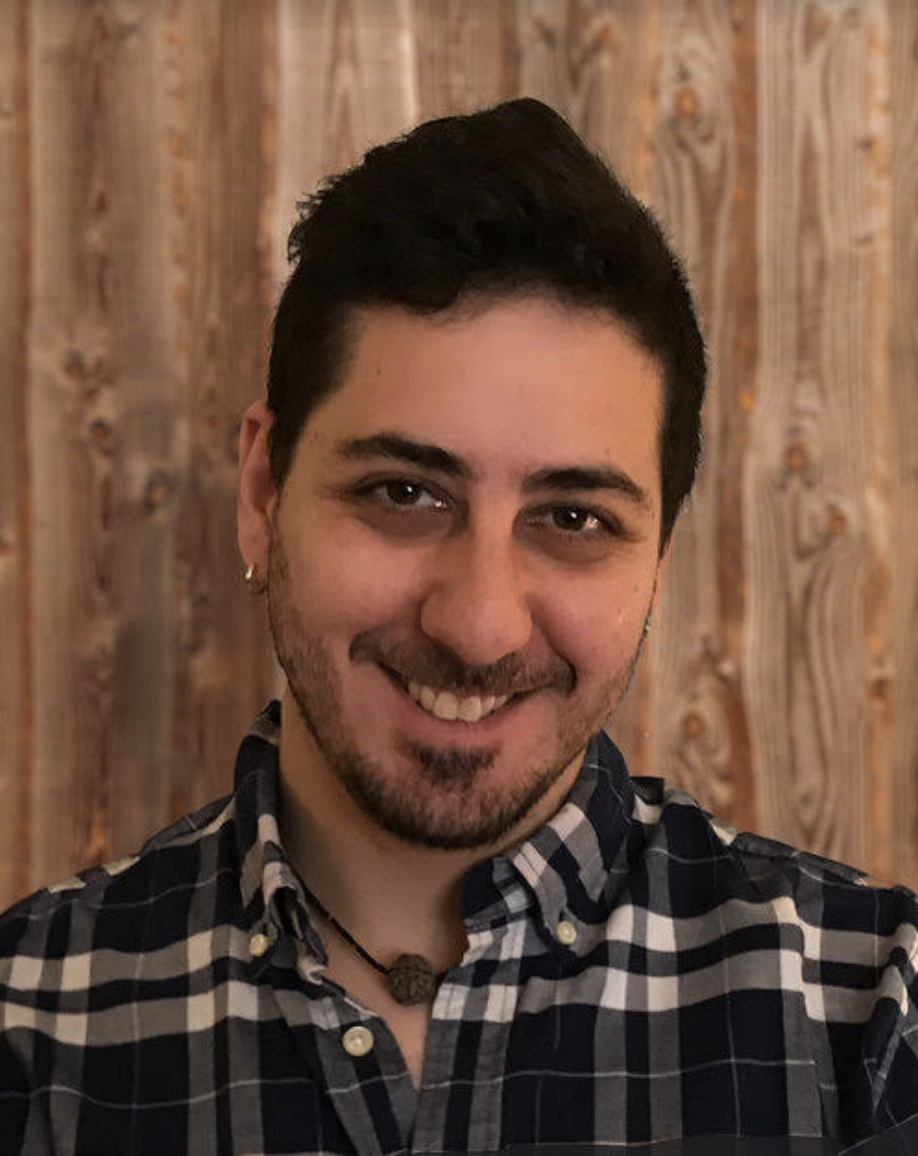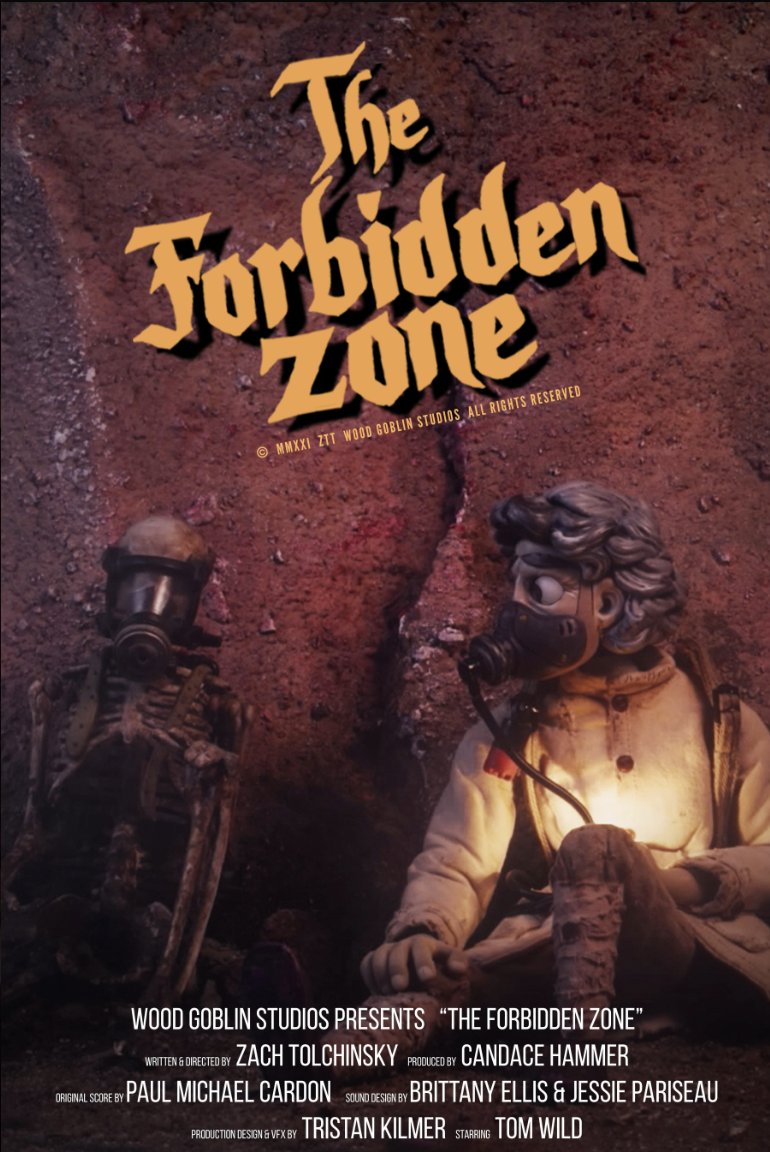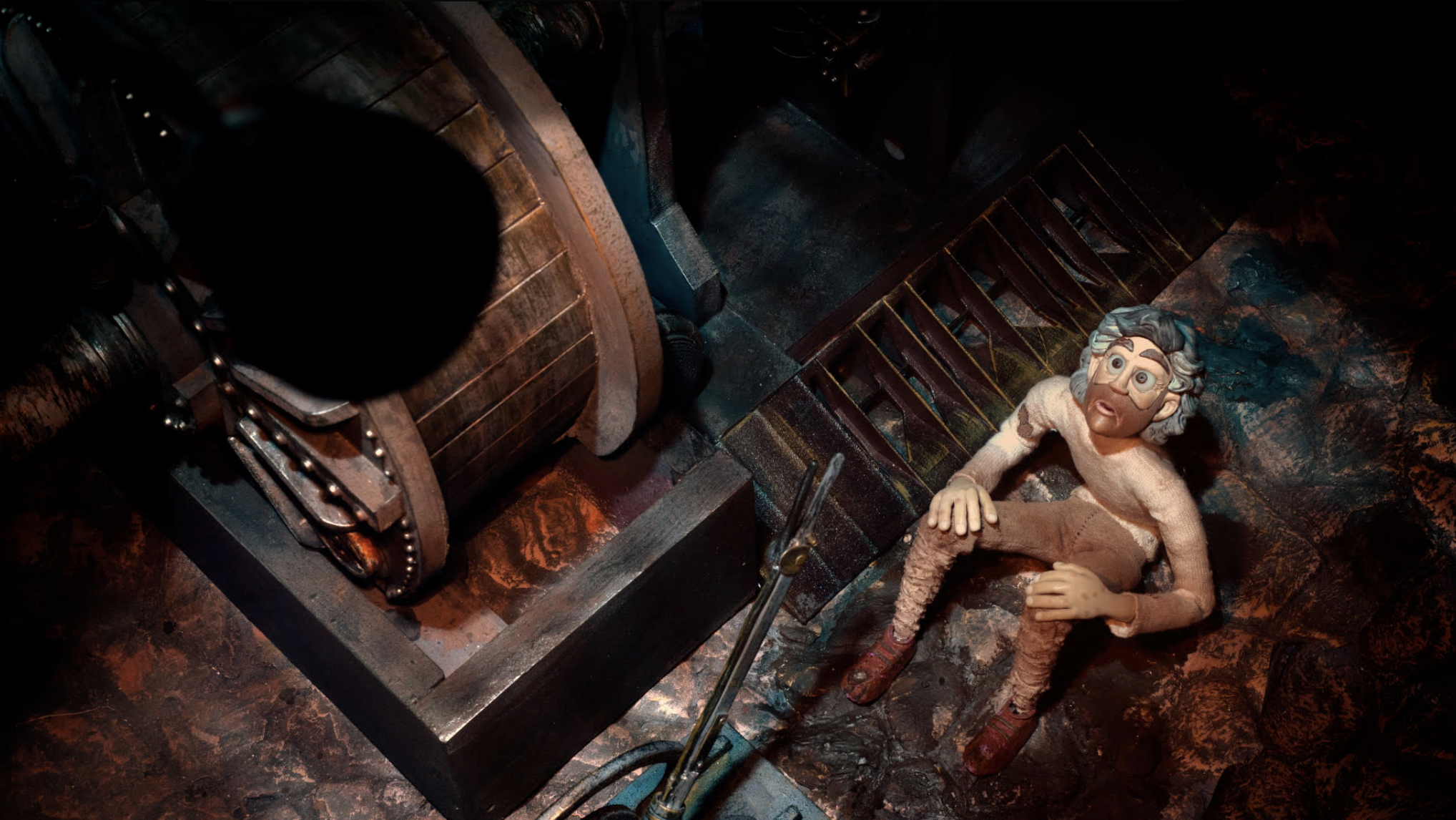
"To me, Cinema is a dream that some lucky people get to make into a beautiful piece of art. It's a magic trick that tells a story, and hopefully gives something meaningful to a total stranger. "
Zach Tolchinsky is a Los Angeles based writer/director & model maker. He's an alumni of CalArts and The Royal Conservatoire of Scotland where he studied animation, acting and writing. His film The Forbidden Zone has won the top prize in animation at the My Rode Reel Short Film Competition, as well as the Best Animation award at Smodcastle Film Festival, Phoenix Film Festival, The Paris Animation Awards, and the Hollywood Shorts Fest. Zach has over a decade of professional experience in stop-motion animation as a model maker, puppet fabricator, animator and art director. Notable credits include: The Academy Award nominated Anomalisa, and the Emmy winning series Robot Chicken. In 2009, Zach started Wood Goblin Studios, a small animation and fabrication commercial studio, where he led the design and fabrication of the puppets for Katy Perry's music video Cozy Little Christmas. Wood Goblin has gone on to produce miniatures, puppets and/or animation for clients such as Disney, Vans, & Nintendo. In 2023, Zach produced, wrote and directed two live action shorts which will debut in 2024. Zach's films include: The Forbidden Zone (2021), Time Keeps on Trippin (2017), Sita and the Tiger (2009), The Last Rights of Baron Von Zirner (2010), Campari on the Rocks (2024), & Die Atombombe (2024).
Zach, we have read that you have over a decade of professional experience in stop-motion animation as a model maker, puppet fabricator, animator and art director. What do you think sets stop-motion animation apart from other forms of animation, and what unique opportunities does it offer?
Stop-motion is completely unique, because it's both animation and live action. It allows you to tell stories that you could never tell in any other medium. A stop-motion production consists of everything on a live action film set, that you light and prepare on a miniature stage in front of a camera, and then you animate utilizing the principals of traditional animation. The fact that real light bounces off the sets and characters gives you a look that really can't be replicated digitally or with hand-drawn artwork. Because of this, the response to handmade practical animation is overwhelmingly positive. Everyone has fond memories of Wallace and Gromit, and it's not just because the characters are so memorable. It's because you're looking into an impossible world, that somehow also feels so real.
How did you approach the visual design of The Forbidden Zone to convey the sense of venturing into the unknown?
When I started designing this film, I knew I wanted to bathe everything in fog and mystery. The biggest takeaway from the story is that you can't know the future or what's ahead. You can only take small steps forward, and hope that those steps lead you to your goal.
This thematic exploration presented a challenge, which I tackled in various ways. To create visual metaphors, that represent the two distinct worlds in the film, I demarcated them as past and future. The past I designed to be beautiful and alluring, a place you wouldn't want to leave. To do this, I put masterpieces of art and lots of junk that were saved and might've been stashed away in a turn of the century Parisian train station. The station itself was inspired by Jungfraujoch in the Swiss Alps and the Hiroshima War Memorial in Japan. Trains are a symbol of expansion and adventure, but the war memorial is a reminder of a horrible event. Somehow these visual ideas tell us exactly what happened, without being too specific.
My design of the future world proved less of a challenge, because I always knew I wanted fog to represent the unknown. The metaphor works on such a reactive level. You can't know what's in the fog, but you know there's something there. It's enticing and scary, which I found spoke directly to the thematic elements I was hoping to explore.

Can you talk about a particularly difficult or complex scene that you had to animate, and how you tackled it?
The first time Dumont meets the glowing Nymph character was a very difficult technical problem to figure out. I had no idea how to make this character beautiful, threatening, hypnotizing and also abstract. This design haunted me, until one day at work I saw my co-worker Lindsay Berkebile animating an actual LED light bulb. She kept the shutter to the camera open and moved the light across the frame. Normally, this would just make a streak of light in the shot, but she was actually animating it as a visual effect frame by frame. I asked her to try the technique in my film, but to think of the light as a character. The result is nothing short of brilliant, and it became the first eureka moment in the production. I had never seen a stop-motion character made out of actual light before. It was beautiful, electric, and definitely abstract! Even with those requirements, Lindsay found a way to make the light feel alive and have emotions like curiosity, fear and warmth.
What advice would you give to aspiring filmmakers who want to tell stories that inspire people to step out of their comfort zone and explore the unknown?
I love this question, because it's exactly why I made the film. My goal has always been to communicate to others that the unknown is scary, but it leads you to finding yourself. Just go for it, because you have nothing to lose. Art itself is like stepping into the unknown. If you don't try, you can't inspire anyone.
